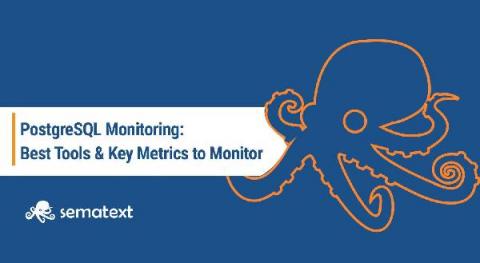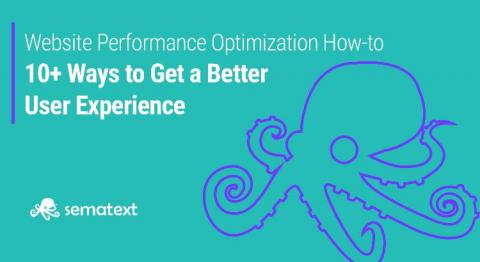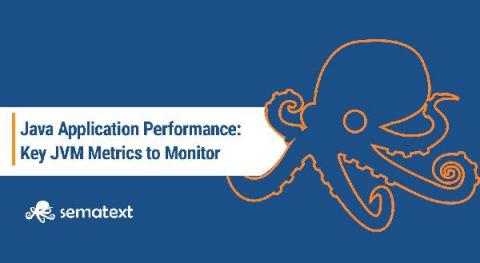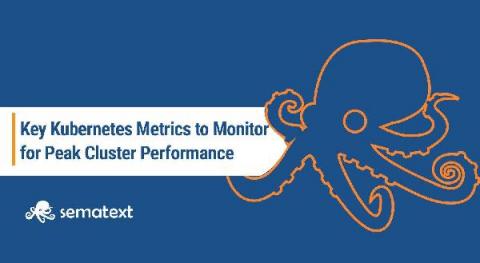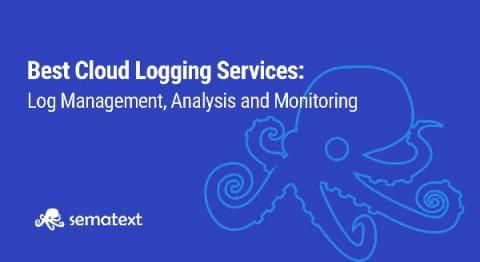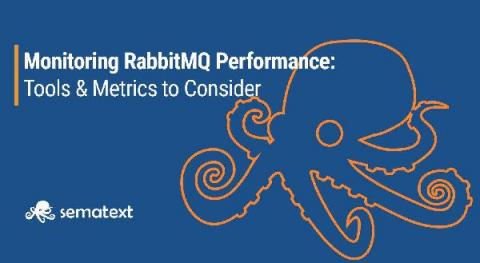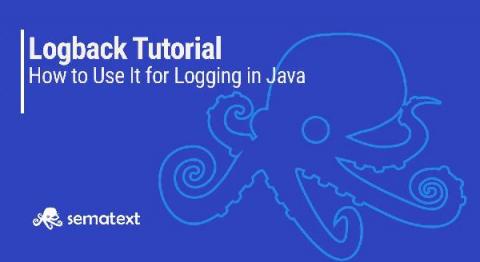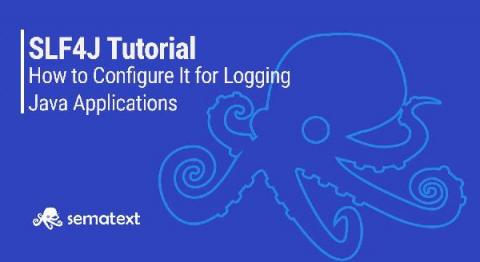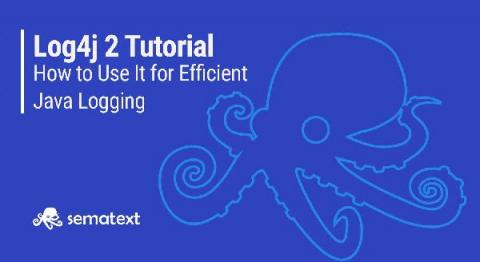PostgreSQL Monitoring: The Best Tools and Key Metrics to Help Improve Database Performance
PostgreSQL is a popular open-source, object-relational database. As with any other data storage solution, capturing metrics is crucial for making sure your database is reliable, available, and performing optimally. This will help you dig deeper into database performance problems, do performance tuning, optimize queries and indexes, and make partitioning decisions. But that’s not all. You’ll also be able to set up alerts and plan for failures or upgrades.


